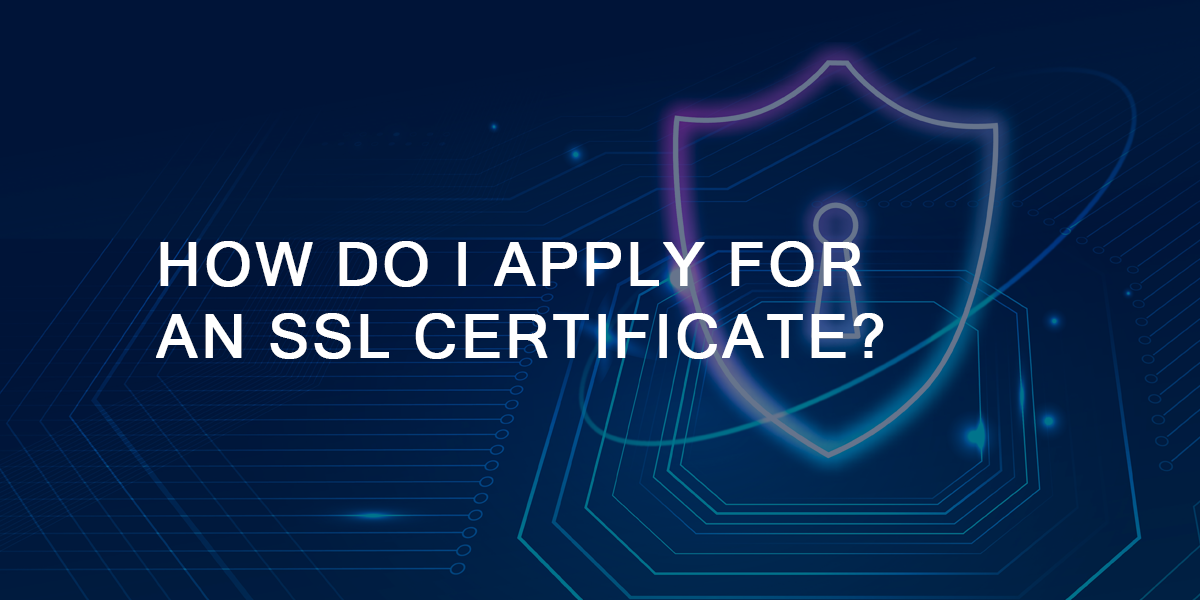Getting your site secured with SSL and making it look secure and trustworthy should be your top priority when it comes to making your website popular and ranking higher on the search engine result pages. Setting up an SSL certificate can seem to be very difficult but proper knowledge and right preparation can make it very easy to set the SSL certificate and you can get rewarded with enormous visitors to your website if done properly.
Here are some easy steps you can follow to get your website certified with SSL:
Possess the Correct Website Information:
SSL certificates can seem to be complicated but if you are prepared with the right information and proper knowledge in advance, it can be very easy. So, it is important to have the following information:
- A Unique IP Address: Each SSL certificate requires a separate IP address. This will facilitate the people using old devices or web browsers to use the website.
- A CSR (Certificate Signing Request): Before ordering an SSL certificate, it is recommended to generate a Certificate Signing Request or CSR.
- Proper information in the WHOIS database: The certificate authority requires you to verify that you own the domain name. That’s the reason why you need to keep an account of the accurate WHOIS record.
- Proper legal supporting documentation confirming the legitimacy of the organization: It is very essential to validate your business or organization. The certificate authority may also ask for government database to validate a business.
Analyse Which Level of Security your Website Requires:
There are various types of SSL certificates, and their costs are different too. Their pricing depends on the level of security they provide. Higher the security level, greater is the pricing. You must know which level of security suits the best for your website. This will save you from buying an expensive SSL when your website can be managed with a free SSL. There are basically four types of SSL Certificates:
- Domain Validated (DV) Certificates: These fall under the category of free SSL certificates because they provide security only to one domain or subdomain. These are suitable for small websites and blogs with basic security needs.
- Organization Validated (OV) Certificates: These SSL certificates can be used if a website is owned by a legitimate business, government organization, or non-profit organization. The OV certificate requires the organization to meet several requirements to pass authentication.
- Wildcard Certificate: This certificate provides security to a domain and all its subdomains. These SSL certificates are multi-domain certificates. These are suitable if you have multiple subdomains.
- Extended Validated (EV) Certificates: These are the SSL certificates that provide the highest level of security. They provide advanced security features like vulnerability scanning, a TrustLogo seal, a green address bar, and full validation of the business. These types of SSL certificates are suitable for websites that accept payments (via credit/debit cards) and where sensitive information of users is exchanged.
Generate a CSR (Certificate Signing Request):
A Certificate Signing Request is just like an application containing information about any domain that needs an SSL certificate. It is required to fill out this application form appropriately to get an SSL certificate. Once you fill out this application form, you can submit this CSR to the Certificate Authority so that the CA (Certificate Authority) can verify the details and issue the SSL certificate.
Complete the Order Process:
After choosing the certificate and completing the certificate signing request, the order process should be completed. You will then receive an order confirmation email from the certificate authority. This email will contain a configuration link where you can submit your CSR.
Complete the Validation Process:
Once you submit the CSR, the Certificate Authority will receive your order. After the CA receives the order, it verifies and validates the certificate. Once the Certificate Authority is convinced that the request is a legitimate one, they will immediately issue an SSL certificate for your website. This process is called a vetting process. This can take several hours or a few days depending on the type of SSL certificate you have chosen.
Install the SSL Certificate on The Website:
After completing the authentication process, the Certificate authority will process your SSL certificate and will send you an email through which you will be able to access your SSL certificate. The digital SSL certificate along with all other digital certificates needs to be installed on the server. The whole installation process depends on the type of server that is being used.
Conclusion:
An SSL certificate can prove to be very essential to provide an awesome user experience and boost SEO. It also helps a lot to align your business with industry standards. So, go ahead and follow these steps to make your website trustworthy for users!

